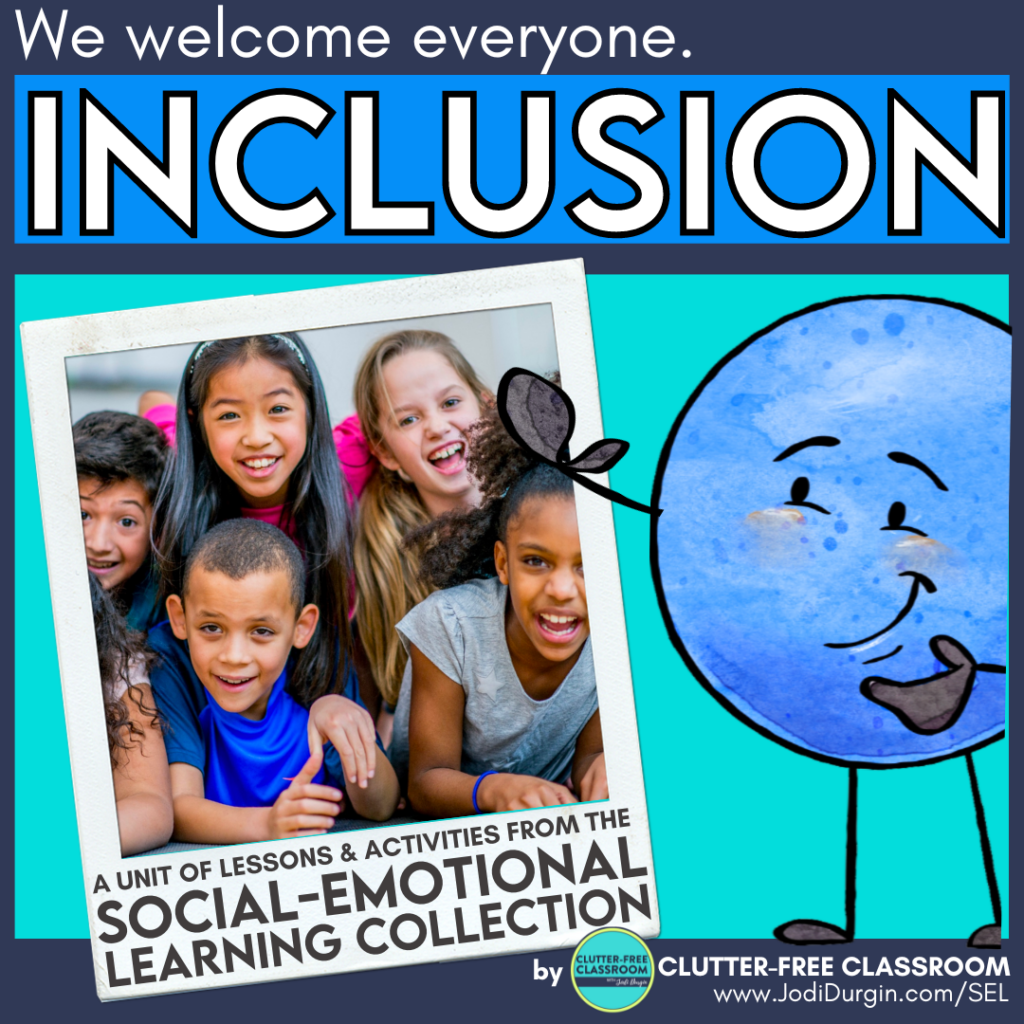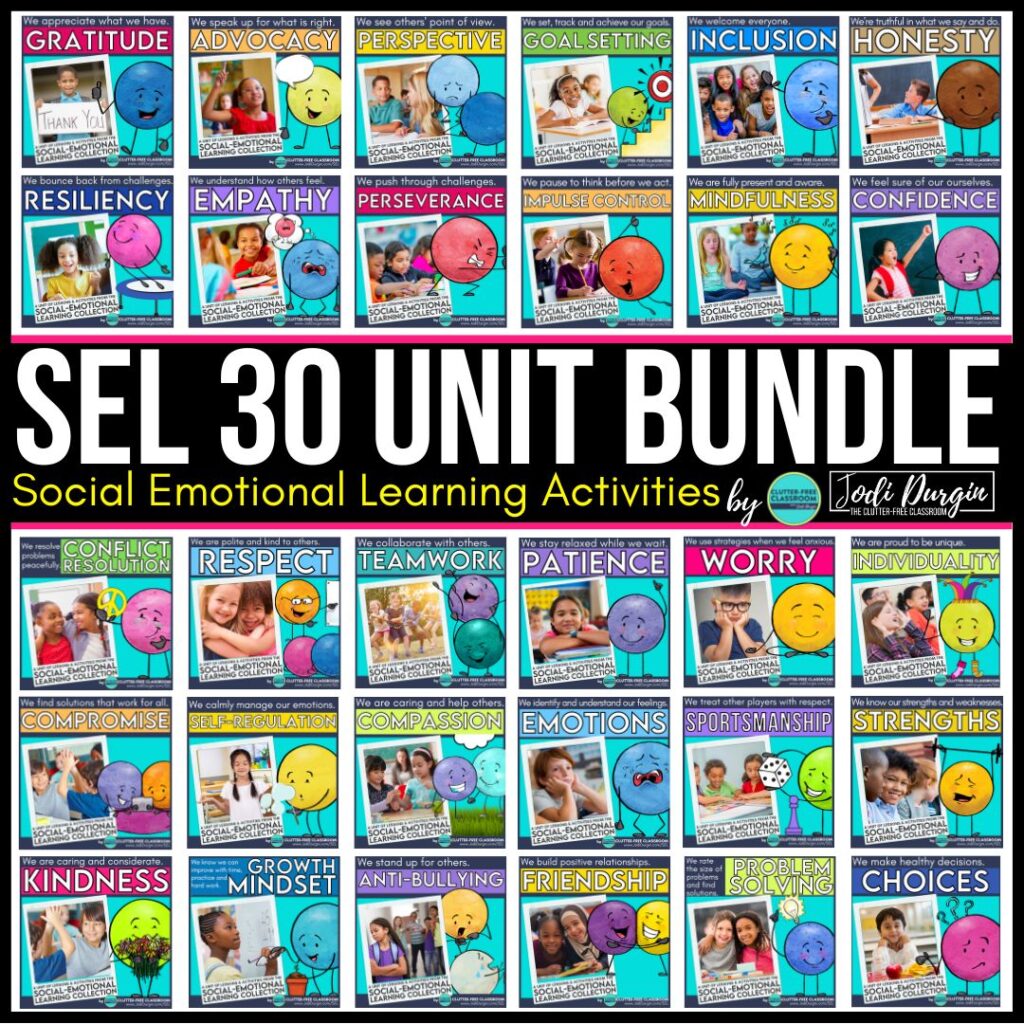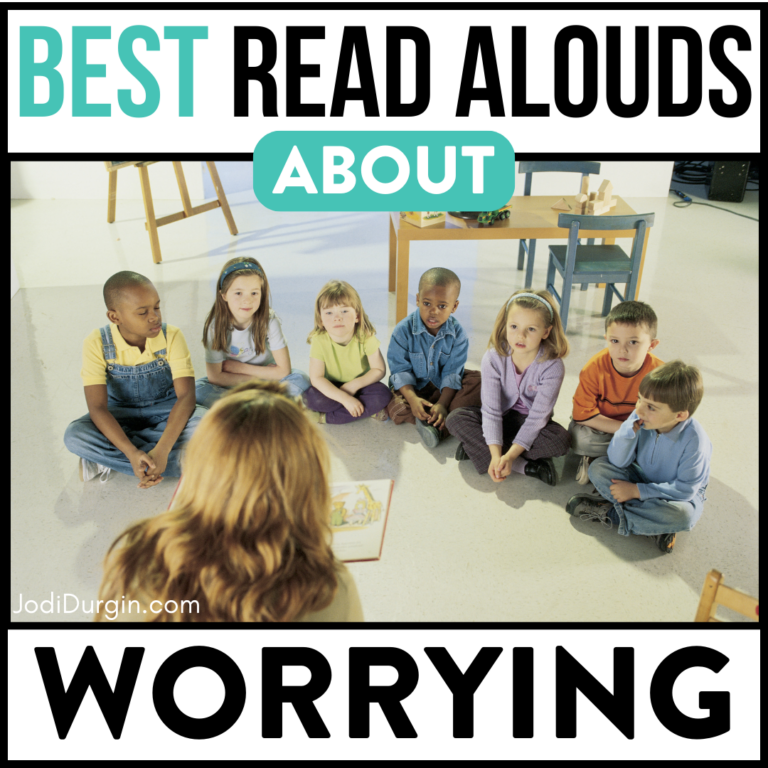If you are an elementary teacher looking to learn how to help your students include others, then you found the right place! Inclusivity skills help children involve and welcome others. Students who are inclusive are kinder than students who do not include others. In this post, we’ll go into detail about what inclusion is and why it’s important. In addition, we’ll share tips and ideas for how to teach inclusion in an elementary classroom setting. Read all about helping students include others in and out of the classroom below!
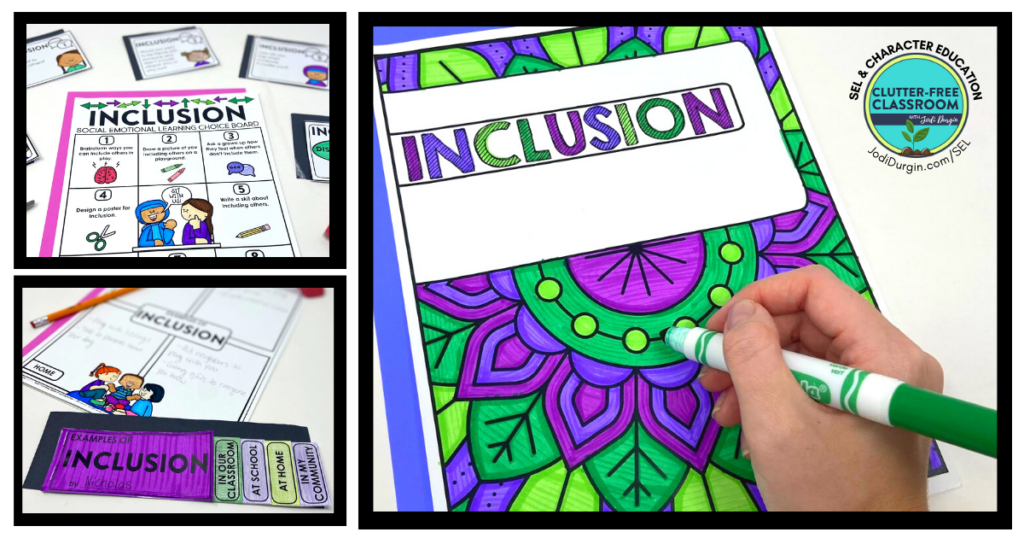
What Does Inclusion Mean?
Inclusion means involving others in a way that is fair and equal. Inclusion in the classroom looks like all children being welcome and feeling welcomed.
Why is it Important for Kids to Include Others?
It is important for kids to include others because it teaches them that everyone deserves to feel welcome and that it is important to show kindness and respect to others. Teaching inclusion creates a welcoming environment and causes kids to think about how people would feel if they were excluded from an activity. Inclusion also exposes kids to other ways of thinking.
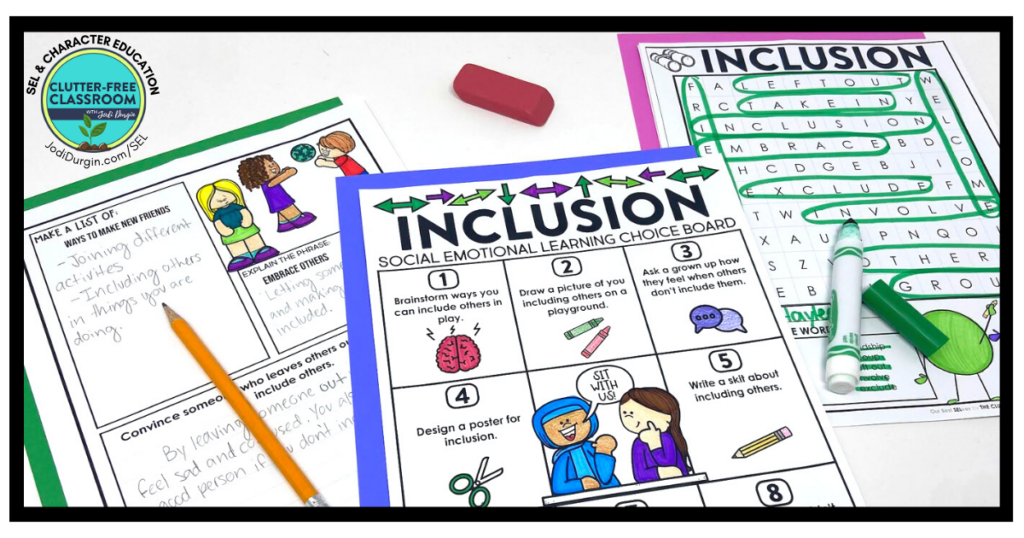
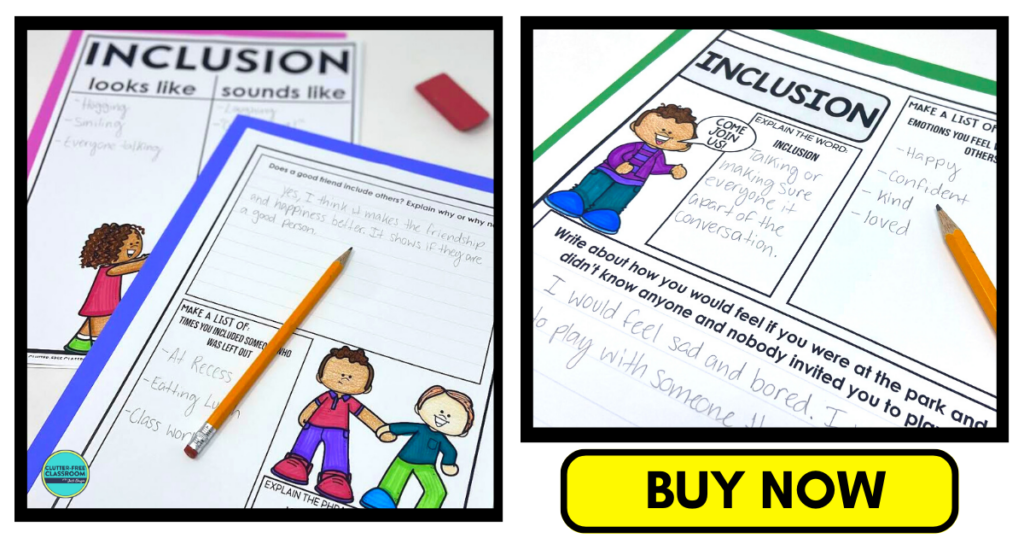
How Do I Know If I Need to Teach Inclusion in My Classroom?
The students in your 1st, 2nd, 3rd, 4th or 5th grade classroom would benefit from inclusion lessons and activities if any of these statements are true:
- Students are making derogatory comments to each other.
- Students are being left out of games and activities.
- You notice your classroom has formed cliques within the room.
- Students are not welcoming.
- Students are constantly playing with the same groups of people.
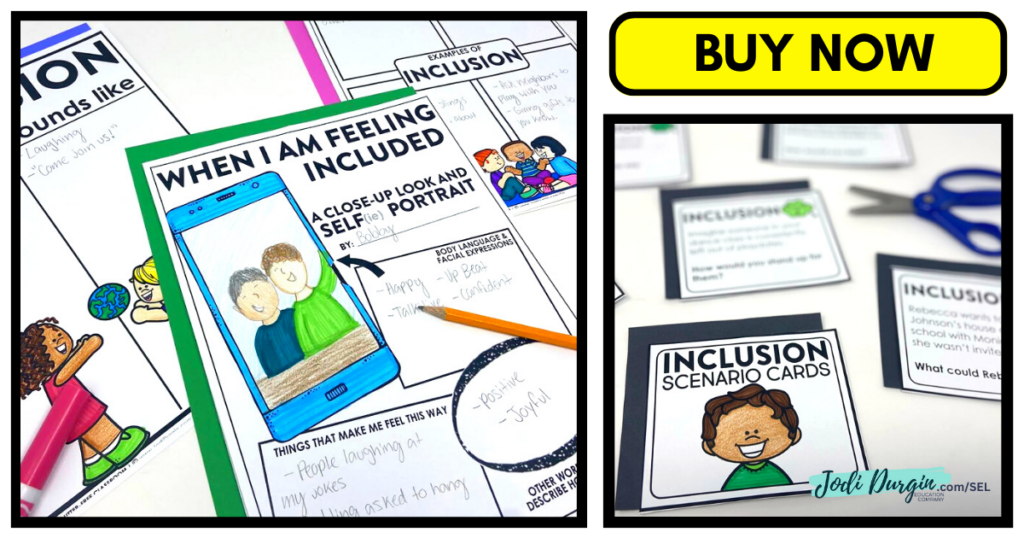
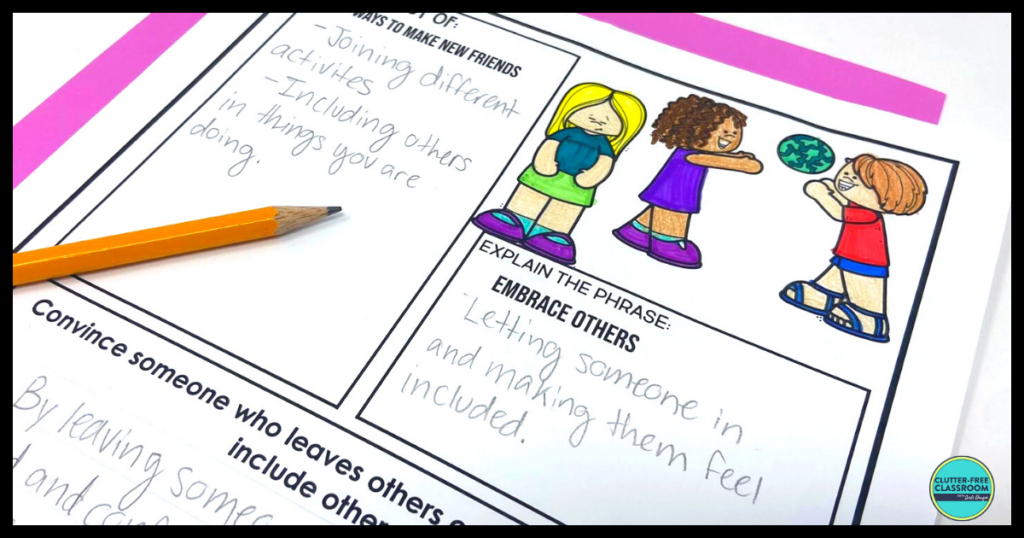
5 Reasons To Promote Inclusion In Your Elementary Classroom
Below are 5 reasons to promote inclusion in your elementary classroom.
1. Inclusion creates a welcoming environment
If you want to have a welcoming classroom community, then inclusion is what you need to teach. Inclusion teaches students the importance of celebrating our differences and welcoming others. In an inclusive classroom students will not feel left out or ignored.
2. Inclusion exposes children to diversity
One of the beautiful things about inclusion is that it exposes children to diversity. Whether you come from a school with a lot of diversity or a little diversity, it is important to teach this important topic through inclusion.
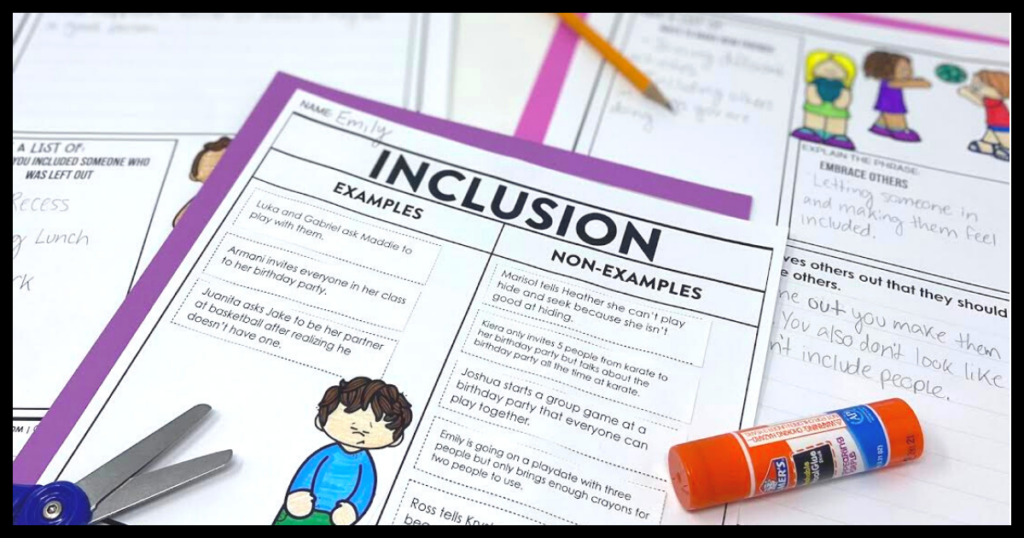
3. Inclusion fosters kindness
Inclusion fosters kindness in the classroom because it supports that we need to treat others the way that we want to be treated. Students will think about how they would feel if they were left out of an activity or nobody wanted to play with them. They will use kindness to make sure others don’t feel that way.
4. Inclusion helps prevent bullying
Inclusion helps prevent bullying because exclusion can be a form of bullying. Through teaching inclusion you will be highlighting the importance of treating others with kindness and respect and that that is the right thing to do. You will be teaching that leaving people out to make them feel bad is never the answer.
5. Inclusion exposes children to different ways of thinking
Inclusion does the remarkable thing of exposing children to different ways of thinking. One of the wonderful things about having a classroom is that you have children from all walks of life. Students who include others and spend their time with different groups of students instead of always the same people, will learn more about other ways of thinking. This helps shape them into who they want to be.
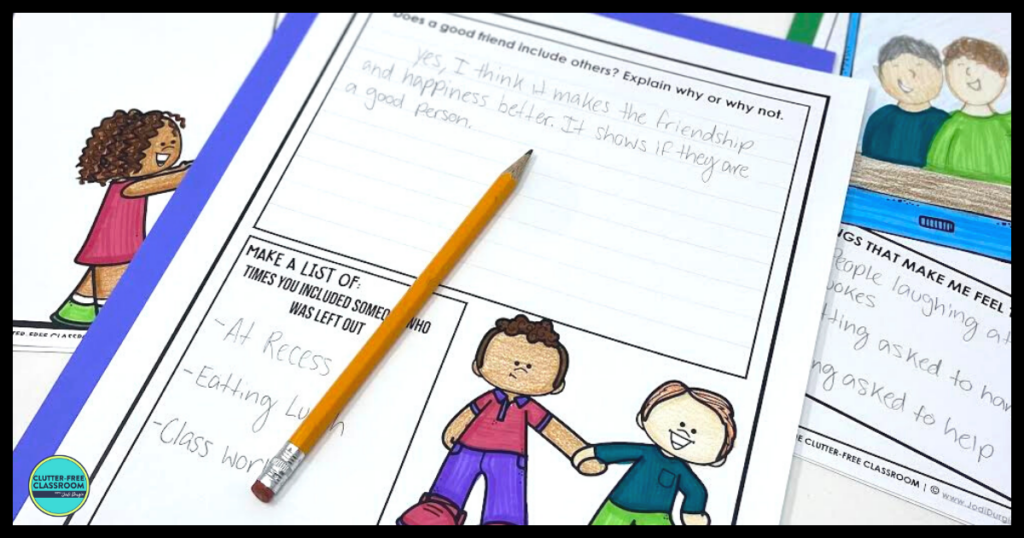
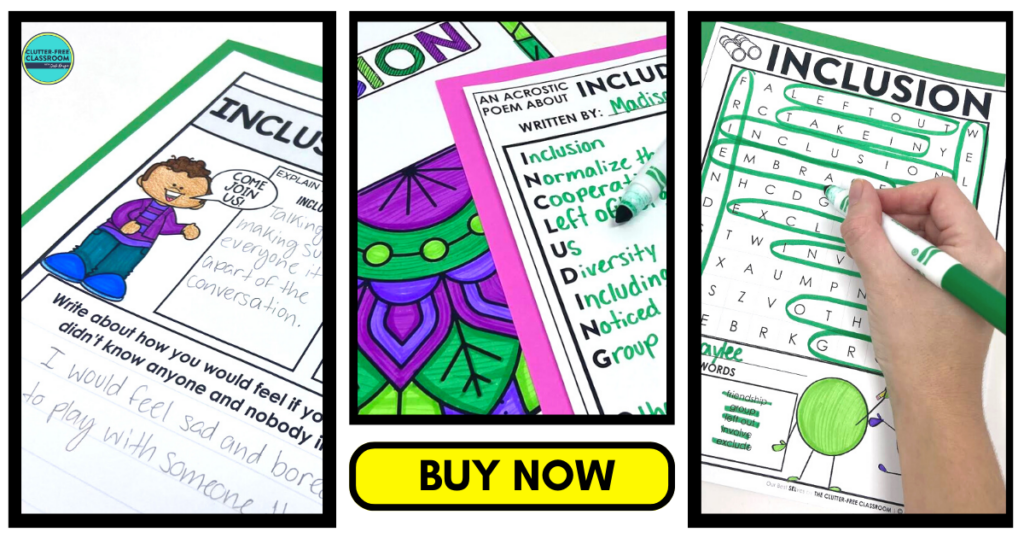
5 Tips and Ideas for Teaching Inclusion
Below are tips and ideas for teaching elementary students how to be inclusive.
1. Read Aloud Picture Books about Inclusion
Picture books are a great way to introduce and teach an SEL topic. It gets students thinking about the topic and activating their background knowledge. Check out this list of picture books for teaching inclusion!
2. Watch Videos about Inclusion
There are tons of free online videos out there that promote social emotional learning. It’s a fun and engaging way to teach SEL skills that your students will enjoy. Check out these videos for teaching inclusion!

3. Explicitly Teach Vocabulary Related to Inclusion
Vocabulary words can help students develop understanding of inclusion and create connections through related words. Our inclusion SEL unit includes ten vocabulary cards with words related to the SEL topic. It is important for students to be able to see, hear, and use relevant vocabulary while learning. One idea for how to use them is to create an SEL word wall as students learn the words.
4. Provide Practice Opportunities
When learning any skill, students need time to practice. Social emotional learning skills are no different! Our inclusion SEL unit includes scenario cards, discussion cards, choice boards, games, and much more. These provide students with opportunities to practice the skills independently, with partners or small groups, or as a whole class.
5. Integrate Other Content Areas
Integrating other content areas with this topic is a great way to approach this SEL topic. Our inclusion SEL unit includes reading, writing, and art activities.
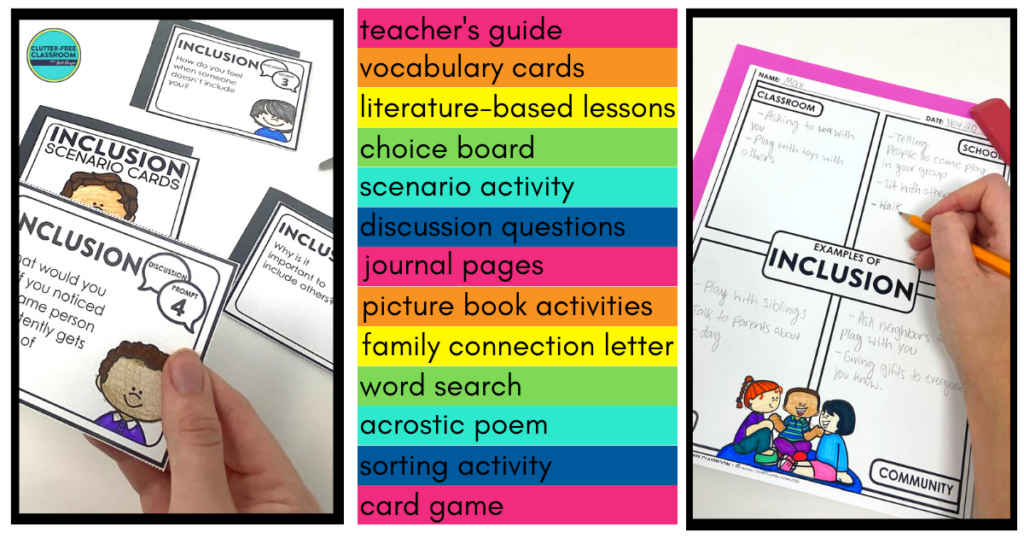
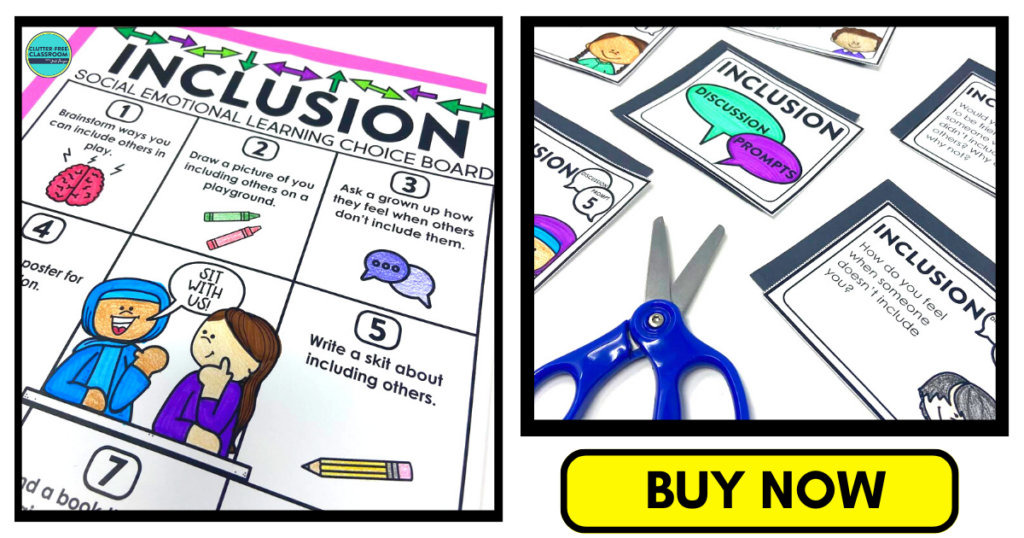
Skills Related to Inclusion
Inclusion, in the context of social emotional learning (SEL) or character education, refers to creating environments that embrace diversity, respect differences, and ensure that all individuals feel welcomed and supported. While “inclusion” is the commonly used term, there are other words and phrases that can convey a similar meaning. These alternative words highlight different aspects of embracing diversity, equity, and belonging. Here are some other words used in the context of inclusion:
- Diversity: Recognizing, valuing, and celebrating the unique qualities, characteristics, and perspectives of all individuals.
- Equity: Ensuring fairness and equal opportunities for all individuals, regardless of their backgrounds or differences.
- Belonging: Fostering an environment where all individuals feel accepted, valued, and a sense of belonging.
- Acceptance: Embracing and respecting individuals for who they are, including their identities, backgrounds, and differences.
- Integration: Creating spaces where individuals from different backgrounds or abilities are seamlessly included and respected.
- Equality: Promoting fairness, equal rights, and treatment for all individuals, regardless of their differences.
- Accessible: Removing barriers and ensuring that all individuals can access and participate fully in various aspects of life.
- Respect: Treating all individuals with dignity, courtesy, and consideration, regardless of their differences.
- Welcoming: Creating an environment that is open, inviting, and inclusive to all individuals.
- Cultural competence: Developing knowledge, understanding, and skills to effectively interact with individuals from diverse cultures and backgrounds.
These terms capture the essence of inclusion and encompass the principles of diversity, equity, respect, and belonging within the context of social emotional learning (SEL) or character education.
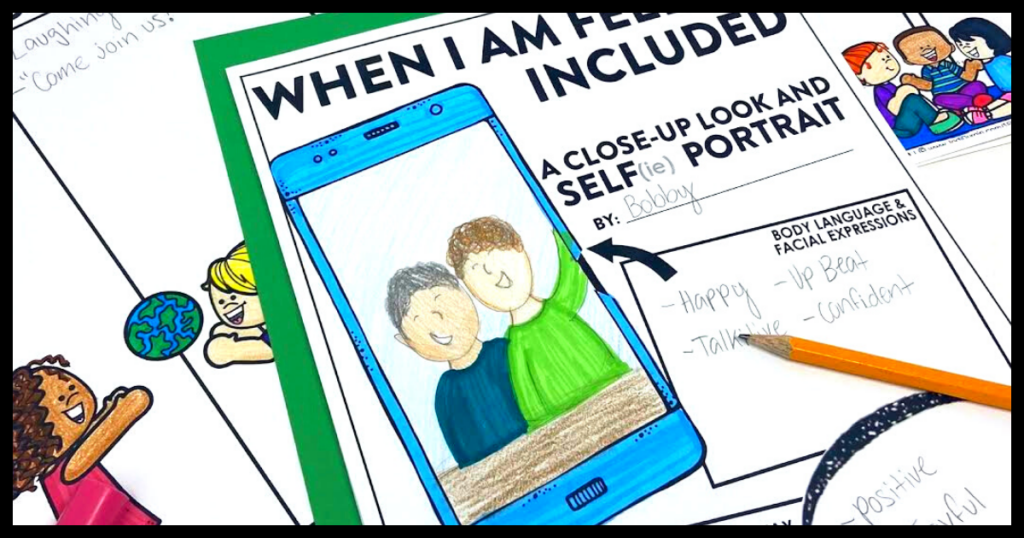

Download the SEL Activities
Click an image below to either get this individual inclusion unit or get ALL 30 SEL units!
In closing, we hope you found this information about teaching students how to be inclusive helpful! If you did, then you may also be interested in these posts.

